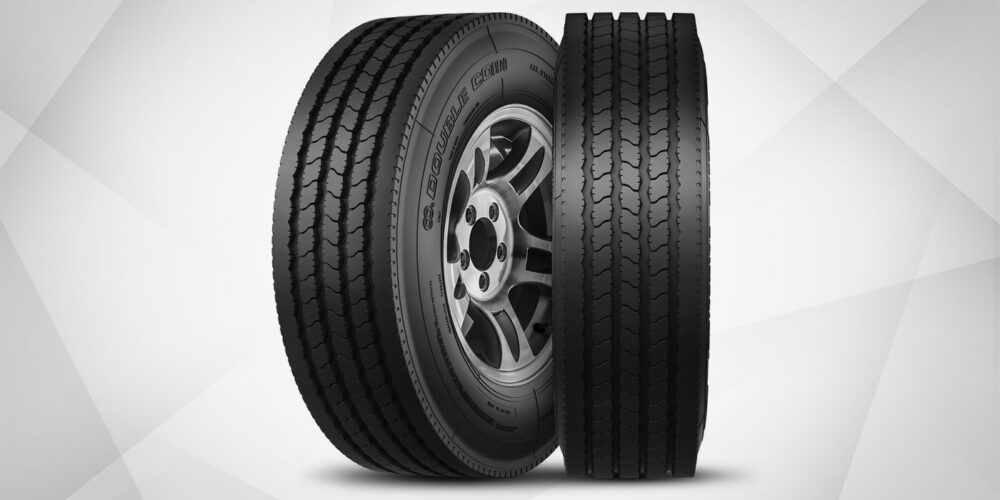I’ve previously stated that diesel fuel prices would continue to increase, but one politician recently stated that he could reduce gasoline prices to $2.50 per gallon. Diesel fuel prices are high, and they should continue to increase, barring a worldwide recession, for at least four reasons:
1. The U.S. isn’t dominant anymore.
2. Worldwide demand for diesel is increasing.
3. Worldwide demand for gasoline is decreasing.
4. New crude oil reserves cost more to exploit.
With the astronomical growth of China and India, their increasing demand for fuel has more influence on worldwide pricing than the decreasing U.S. demand. China imports over 50% of the fuel it uses. The Chinese are currently purchasing both gaseous and liquid fuels in this hemisphere at higher-than-market prices. Purchasing these fuels from the U.S. or Canada indirectly drives up our fuel prices, since we compete with China for Canadian crude.
Most nations, including those in the Middle East, are extracting less crude oil than they did a few years ago. In fact, the only two major oil-producing nations with significantly increased production are the U.S. and Canada. The Chinese government oil companies are primarily negotiating with Canadians, but they have also made major purchases inside our borders. China has huge oil and gas deposits, but they don’t have the technology immediately available to “frack” for gaseous fuels, and it will take years to build refineries to process sufficient liquid fuels. China needs fuels now!
Worldwide diesel demand is increasing. Most nations realize that diesel engines are more economical than gasoline engines. Several countries around the world have more diesel-fueled than gasoline-fueled vehicles.
Due to our emphasis on gasoline fuel economy, the U.S. currently is awash in gasoline. We are now exporters of gasoline, since there isn’t sufficient tankage available to store it. Refiners also haven’t yet been able to reconfigure U.S. refineries to produce more diesel and less gasoline per barrel of crude.
Liquid fuels cost increasingly more at the pump, and it will be difficult to reverse this trend. It costs much more to extract crude oil from a mile beneath the sea or from shale deposits requiring horizontal drilling techniques. We also are refining crudes of higher sulfur content (sour) than previous crudes (sweet).
The Middle East is not our enemy here. We import twice as much crude from Canada as we do from the Middle East. Increasing demand from developing nations is the dominant factor. China and India’s willingness to purchase oil will establish worldwide prices. Since crude oil is valuable to the production of such diverse items as fertilizers, pesticides, pharmaceuticals, plastics and solvents, increased crude oil prices also mean increased prices for these products.
We must become more energy independent! We produce approximately 5% of the world’s oil, yet we consume 25%. We must develop every oil field possible in the U.S., using environmentally-sound techniques, or be subservient to government-run oil companies in countries where fuel prices are subsidized and human rights don’t exist (80% of known reserves are controlled by government-run oil companies). We should encourage development of all known reserves, and build multiple pipelines to transfer product cheaply.
What can fleet operators do now to minimize fuel costs? Currently, investors have rushed to extract natural gas via “fracking” wherever they can find it. As a result of this, and our unusually warm winter, we have much more natural gas than we need. I expect CNG prices will decrease even further before winter. I would suggest taking a serious look at utilizing natural gas-fueled vehicles in your fleet to minimize fuel costs. NG engines are developed from gasoline and diesel engines, so fleet operators can switch later if natural gas prices should go through the roof.













